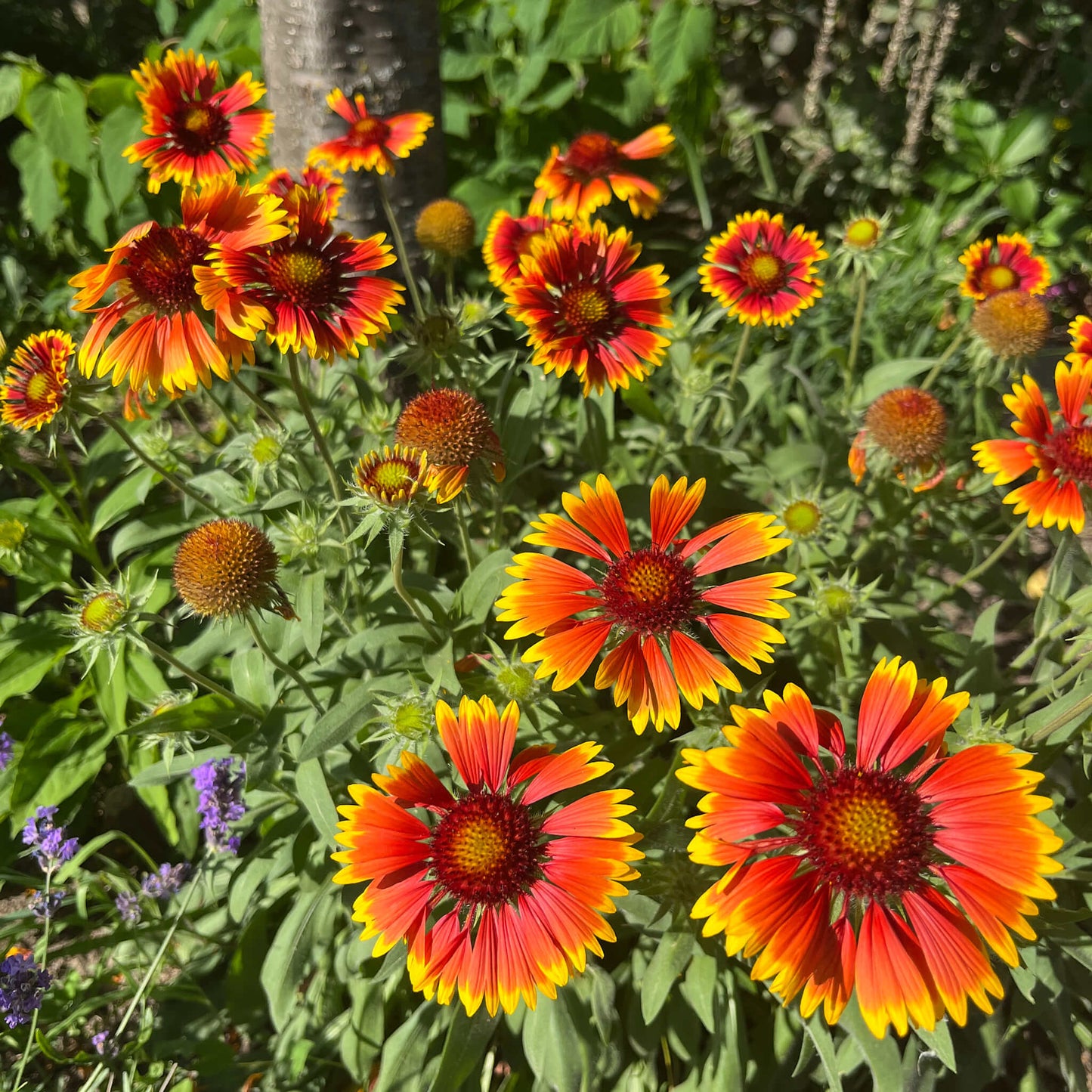Gaillarde
Gaillarde
Couldn't load pickup availability
Gaillardia pulchella - Seeds produced by Achene.
Gaillardia (Gaillardia pulchella) is a spectacular perennial known for its abundant and continuous blooms throughout the summer. It grows up to 50 cm tall and is distinguished by its upright stems and narrow, slightly hairy, grayish-green leaves. Its brightly colored, varied flowers—red, yellow, pink, and bronze—often feature concentric rings, making for a magnificent display in gardens. Adapted to well-drained soils, this plant prefers maximum sunlight, which allows for intense blooms with minimal maintenance. Gaillardia is particularly popular in Quebec's naturalist gardens, where it adds a touch of vibrant color and is resistant to local conditions.
Ecological roles
Gaillardia plays an important role in the Quebec ecosystem as a source of nectar for many pollinators. It attracts butterflies, bees, and various other insects, contributing to garden biodiversity. Thanks to its long and generous blooms, it is ideal in vegetable gardens for attracting pollinators, promoting the pollination of neighboring plants. Gaillardia is also an excellent addition to wildflower gardens, adding a touch of color while supporting local populations of beneficial insects.
Sowing and cultivation
Ideally, gaillardias should be sown in early spring or autumn, in open ground, so that they germinate when the soil warms up.
If you want them to flower the first year, however, it is better to sow them indoors in April, to replant them in the garden after the last frosts.
Gaillardia adapts to different types of soil, provided that they are well drained and not too compacted.
When sowing, also avoid covering seeds that need light to germinate.
The plants are so prolific and flower for so long that they often become exhausted and will only last 2 or 3 years.
Under certain conditions, the gaillardia will, however, be able to reseed itself in the garden and you can also divide the plants in the autumn, which will give it a new lease of life.
Share


